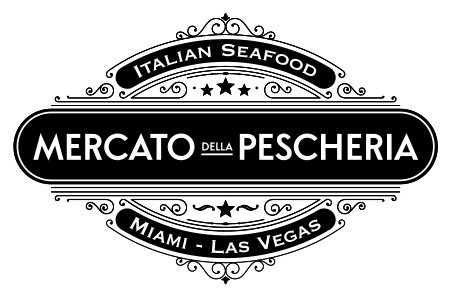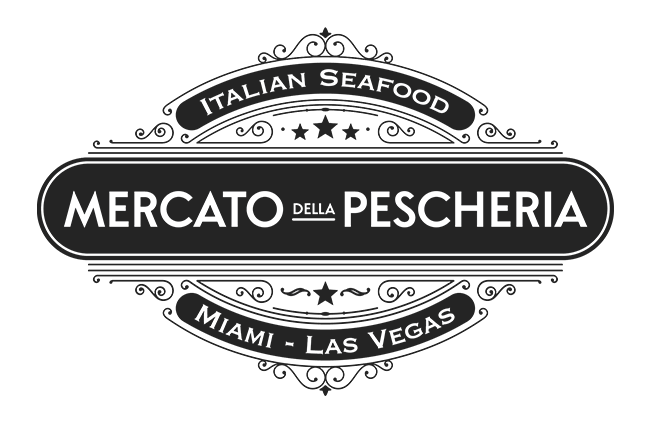Which is the best Italian wine?
Italian wine is an integral part of the country’s cultural and culinary heritage. Known for its rich history and diverse regions, Italy produces some of the finest wines in the world. From the rolling hills of Tuscany to the volcanic soils of Sicily, Italy’s terroir is as varied as the wines it produces. But with so many types of wine to choose from, how do you find the best Italian wine for your taste? In this article, we’ll explore Italy’s wine landscape, the best varietals to try, and some tips on how to choose the right bottle for your next meal.
The rich heritage of Italian wine
Italy has been making wine for thousands of years. In fact, the earliest evidence of winemaking in Italy dates back to around 1500 BC, based on archaeological finds in the Lazio region. Today, Italy is the second largest wine producer in the world, just behind France. Italy is best known for the quality and variety of its wines, offering a vast selection for wine lovers worldwide. Italian wines are celebrated for their unique character, often showcasing the diversity of the country’s climate and geography.
The beauty of Italian wine lies in its diversity. Italy has 20 wine regions, each with its own distinct terroir that influences the flavor profiles of the wines produced there. From the cool alpine climates of the north to the sun-drenched coasts of the south, each region offers something unique. In fact, Italy boasts over 350 different grape varieties, many of which are grown nowhere else in the world.
Understanding Italian Wine Classifications
In Italy, wine classifications are essential to understanding quality and authenticity. Wines are classified into three main groups: DOC (Denominazione di Origine Controllata), DOCG (Denominazione di Origine Controllata e Garantita), and IGT (Indicazione Geografica Tipica).
– DOC wines are the most common and are produced in specific regions with strict regulations governing the production process.
– DOCG wines are considered the highest quality Italian wines. They come from a specific region and are guaranteed to meet even stricter production standards.
– IGT wines are often produced in regions where there is more flexibility in production, allowing winemakers to experiment with new techniques or non-native grape varieties.
These classifications help ensure that the wine you’re drinking comes from a trusted source and meets high quality standards.
Exploring the Iconic Italian Wine Varieties
When it comes to choosing the best Italian wine, there are certain varietals that stand out for their exceptional quality and iconic status.
- Chianti – One of Italy’s most famous red wines, Chianti comes from the region of Tuscany. Made primarily from the Sangiovese grape, Chianti is known for its bright acidity, earthy flavors and notes of red fruits such as cherries and raspberries. It pairs perfectly with Italian pasta dishes, grilled meats and aged cheeses.
- Barolo – Often called the “King of Wines,” Barolo is a bold red wine from the Piedmont region of Italy. Made from the Nebbiolo grape, Barolo is rich in tannins and acidity and offers complex flavors of dark fruit, roses and earthy notes. It’s an excellent pairing with hearty dishes like braised meats and truffle-based recipes.
- Amarone – Hailing from the Veneto region, this bold red wine is made from dried grapes, which concentrate the flavors. Amarone is rich, full-bodied and often has flavors of ripe dark fruit, chocolate and spices. It pairs beautifully with rich, meaty dishes and aged cheeses.
- Prosecco – While Italians are known for their red wines, they also excel in sparkling wines. Prosecco is a popular white sparkling wine made from the Glera grape. It’s light, refreshing and perfect for celebrations or as an aperitif. It also pairs well with light pasta dishes, seafood or antipasti.
The art of pairing Italian wine with food
One of the best ways to enjoy Italian wine is to pair it with the right food. Italian cuisine, known for its bold and fresh flavors, is perfectly complemented by Italian wine. When choosing a wine to pair with a dish, consider the intensity of the flavors and the weight of the wine.
– Red wines such as Chianti, Barolo, or Amarone pair well with rich, savory dishes such as pasta with meat sauce, grilled steak, or braised lamb. The tannins in red wines help cut through the richness of these foods and bring out the flavors.
– White wines such as Pinot Grigio or Vermentino are excellent choices for seafood, risotto or light pasta dishes. The crisp acidity of white wines balances the freshness of seafood, while their subtle flavors complement more delicate foods.
– Sparkling wines like Prosecco are versatile and can be paired with everything from light appetizers to seafood pasta dishes. Their effervescence also makes them a great choice to cleanse the palate between courses.
Regional highlights: A tour of Italy’s wine landscape
Italy is home to countless wine regions, each with its own unique characteristics. Here are some notable wine regions to explore:
– Tuscany: Known for Chianti, Brunello di Montalcino, and Vino Nobile di Montepulciano, Tuscany is the heart of Italy’s wine culture. The region’s rolling hills and temperate climate provide the perfect conditions for growing Sangiovese, the star grape of Tuscany.
– Piedmont: This northern region is famous for its Barolo and Barbaresco wines, made from the Nebbiolo grape. Piedmont is also home to sparkling wines such as Asti and Moscato d’Asti.
– Veneto: Famous for its Amarone and Prosecco, Veneto is a region that produces a wide variety of wines, from full-bodied reds to refreshing whites.
– Sicily: Known for its indigenous grapes, Sicily is an emerging wine region with a variety of unique wines. Nero d’Avola is a standout red grape that produces bold, fruity wines.
Visit Mercato della Pescheria for an Italian wine experience
If you’re looking to explore the world of Italian wines, Mercato della Pescheria offers a curated selection perfect for any occasion. From seafood to hearty pastas to delicate appetizers, Mercato della Pescheria’s wine list features some of Italy’s finest wines. Don’t miss the opportunity to enjoy a glass of Chianti with your favorite pasta, or indulge in a glass of Prosecco to celebrate with friends and family.
How to choose the best Italian wine for you
The best Italian wine for you ultimately depends on your tastes and the occasion. If you’re new to Italian wines, start with a light and refreshing white like Pinot Grigio or a versatile red like Chianti. As you explore different regions and styles, you’ll find that certain wines resonate more with your palate.
Italian wine has something for everyone, whether you’re a casual drinker or a connoisseur. From bold reds to refreshing whites and sparkling wines, the variety of Italian wines ensures that you’ll find the perfect bottle for any meal or occasion. The key is to explore, experiment and discover the wines that best suit your tastes and preferences. And remember, a visit to the Mercato della Pescheria is the perfect opportunity to enjoy Italian wines paired with expertly crafted dishes that celebrate the flavors of Italy.

